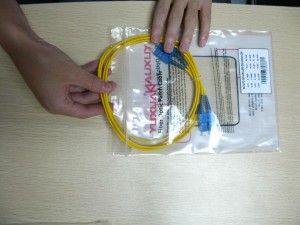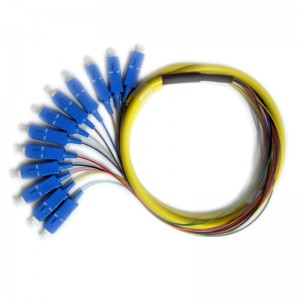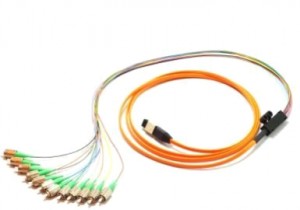I get the answer from a professional fiber splicing engineer- William Graham
He tell that:
1 Keep the fiber splicer and fiber cleaver in the case when not in use.
2 Be sure you are set on the proper splicing program for the fiber you are splicing.
3 Don't expect good splices under adverse conditions of dirt, dampness and wind. Create good splicing conditions.
4 Keep the dome and heater covers closed unless you are splicing or heating
5 Close the cleaves as soon as you take out the cleaved fiber
6 Clean your splicer before you start splicing.
7 Use an air bulb and fine brush for cleaning.
8 Do not used spray cans or the propellants might do damage.
9 If splicing gel filled cable ensure it is really clean so you don't gum up the splicer.
10 Clean any gummed up grooves with a piece of sharp wood. Never use metal.
11 Charge the battery when you finish. The splicer we use will do over 200 splices and heats on a charge.
12 Have a stable and secure place for your splicer when splicing. If it drops on the floor it is probably garbage.
13 Keep your shrink splice sleeves in a sealed container (ziplock bag)
14 If you drop the shrink splice sleeve on the floor, leave it there.
15 Never clean the fiber with alcohol after you have cleaved it or you might cause reflections.
16 Have the splicer serviced (calibrated) when necessary
17 Clean the cleaver before you start with a fine brush and alcohol, especially if using gel filled cable.
18 Close the cleaver between cleaves to keep out air-borne dirt.
19 And, finally, if you drop the cleaver on the floor its value will be drastically diminished.
Manage your fiber ends and empty the scrap container at the end of the day.
Do the splice job as above points, you will get a good splice. Additionally, I also have a write a tutorial about fiber splicing process. You can read all from here. http://www.fiberstore.com/Optical-Fusion-Splicing-Tutorial-aid-350.html and if you need fiber optic jumpers also can sent requriments to sales@fiberstore.com


